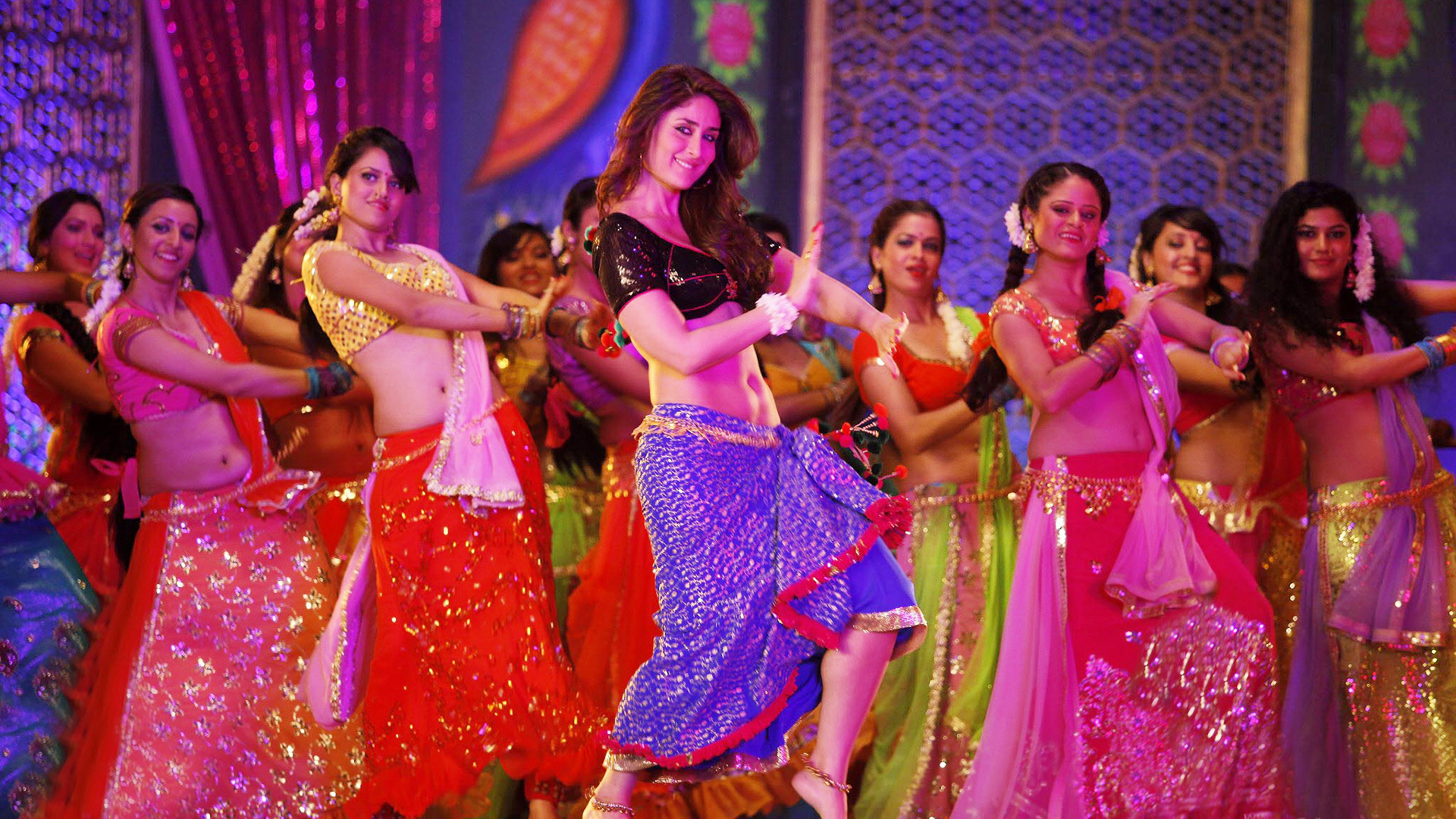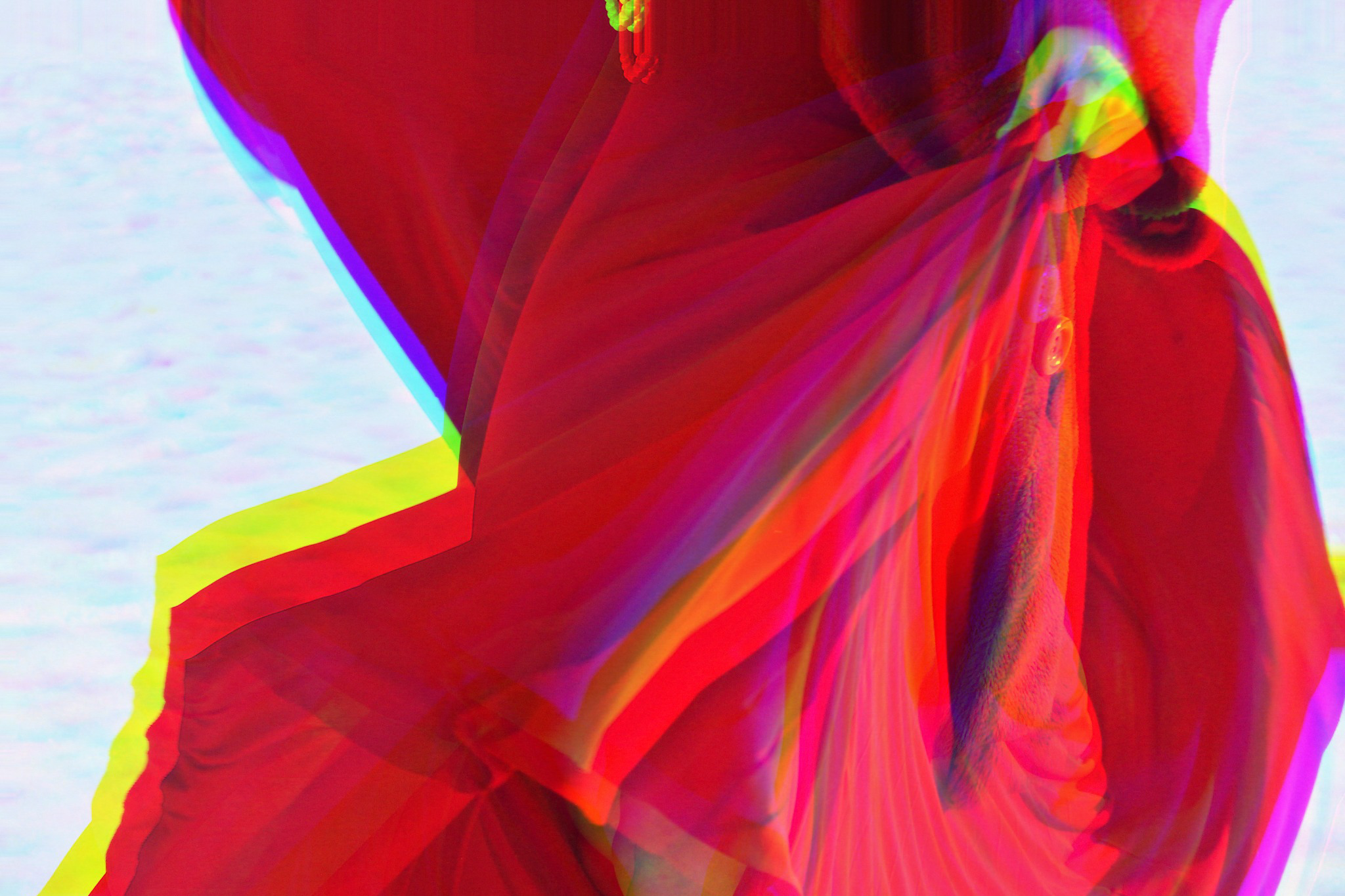
“Bleached Beauty”: Shadeism in Indian Cinema
The Western perception of Indian Cinema generally amounts to one genre and one region: Bollywood, the colourful, all singing, all dancing export from Mumbai. But the first full-length Indian film in 1913 was not a Bollywood, but a Marathi production, and regional Marathi cinema has continued alongside Bollywood ever since, albeit more quietly. Their production budgets are lower with less extravagant sets and lesser-known actors, but the stories they tell are simple and beautiful.
Bollywood actors’ appearances receive similar attention and pressure as those of Hollywood actors, but with the added contemporary issues of ‘Shadeism’. The majority of Bollywood actors are especially fair-skinned Indian actors. As the celebrities of India, their fairness spread across the covers of magazines and in commercials has a noticeable impact on Indian perceptions of beauty. There are countless adverts for skin-whitening creams on Indian television channels with demand for such products constantly increasing, such as ‘Fair and Lovely’, a sister company to that which produces Dove; ironically the industry behind the Western ‘Campaign For Real Beauty’. More harmful is the use of bleaching and frequent horror stories of women using household bleach and other dangerous chemicals to lighten their skin. The 2010 documentary ‘Shadeism’ directed by Nayani Thiyagarajah began to address these issues of the media pressure to lighten skin and its detrimental affect on children and young women. Reactions to ‘Shadeism’ are similarly spreading through the twittersphere in response to Kenyan socialite Vera Sidika speaking out about her decision to bleach her skin by the hashtag ‘#bleachedbeauty’.
It is felt that the media industry, where these issues stemmed from, ought also to be the site where change is elicited in for ending the focus on skin colour and whitening as a normal and often encouraged beauty routine for Indian women. The director and actor Nandita Das is fronting a campaign called ‘Dark is Beautiful’, petitioning against ‘Fair and Lovely’ advertising and challenging the view that ‘fair is synonymous with being beautiful.’
Marathi cinema is an area in which an actor’s colour and appearance seems less of a major concern, ensuring that the focus remains primarily on talent. It is perhaps the fact that Marathi cinema is not as omnipresent in India – with only 7% of the country speak Marathi compared to the 40% speaking Hindi – that the pressures of perfection and desire for fairer skin are less abundantly evident in Marathi films.
Despite sparking the beginning of the Indian film industry, Marathi cinema has been through a period of decline in India, unable to compete with the more commercial and better-funded Bollywood cinema. Nevertheless, in recent years there has been resurgence in the regional cinema’s popularity after Shwaas was the first Marathi film to win a Golden Lotus National Award for fifty years in 2004 and became India’s Oscar entry for best international film that year, putting Marathi cinema on the international stage. Unfortunately, the film’s lack of funding meant that the team struggled to promote it at the Oscars, even with various groups of students in Maharashtra raising money through schemes like car washing and selling lamps to contribute to the film.
Since Shwaas’ success, the Maharashtra State Government has started giving out funding to Marathi cinema and there is a Marathi television channel dedicated to Marathi films. The genre often focuses on more serious content than the prolific rom-coms of Bollywood, with films such as the critically acclaimed Fandry narrating the struggles of an ‘untouchable’ caste boy as he attempts to lighten his skin and win the affections of a higher caste girl.
Contemporary Marathi productions encourage untrained, first time regional actors to have the opportunity to work in cinema alongside many young first-time directors, exploring experimental and innovative ideas that come directly from Marathi culture. As it moves away from the Westernized, image-centric focus of much of Bollywood and grows in prestige as a genre, there is the hope that with the resurgence of Marathi Cinema, the ‘Shadeism’ prevalent in Indian cinema will begin to decline.







